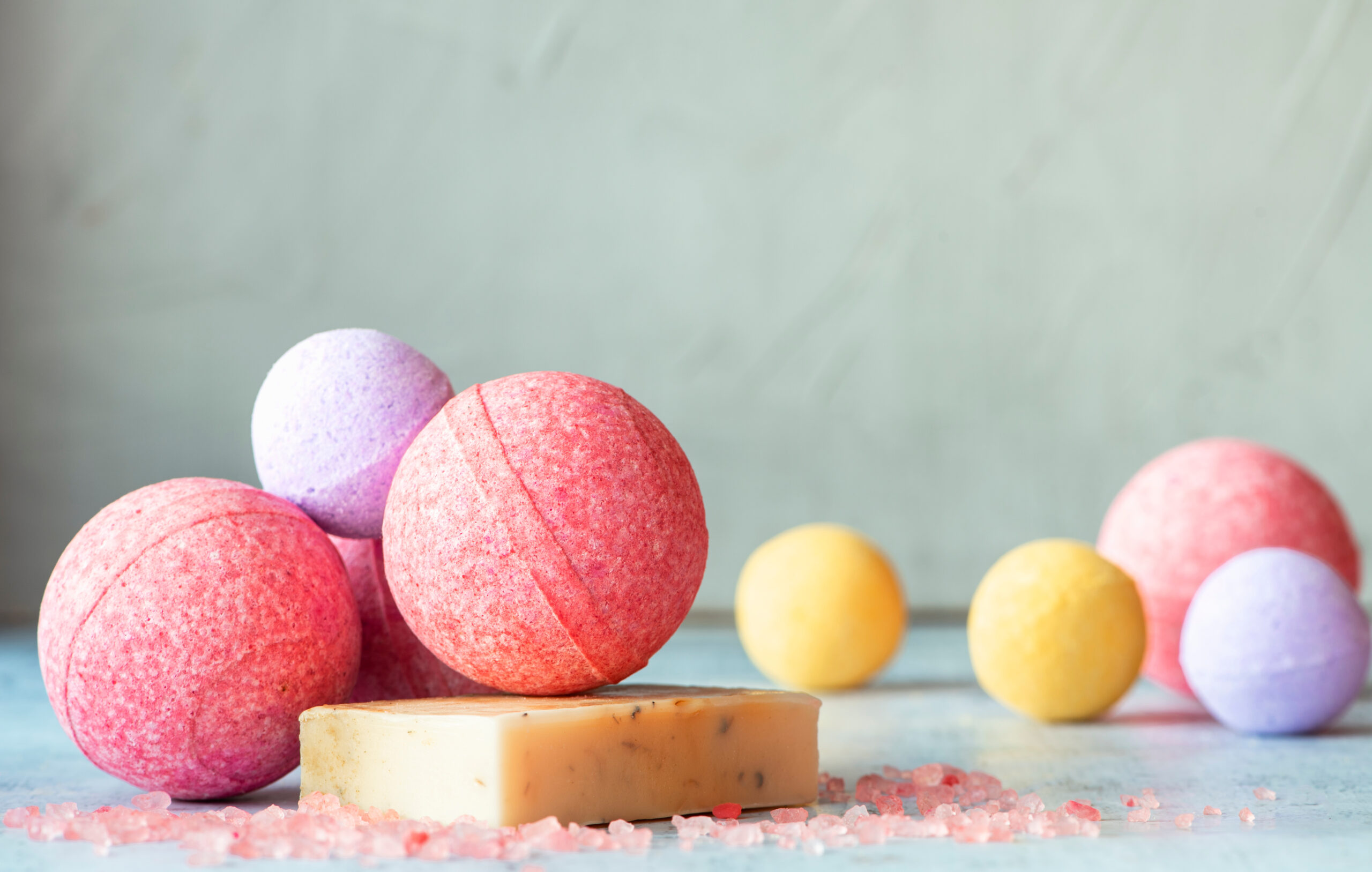July 26, 2022 – On June 2, 2022, the Court of Justice of the European Union (CJEU) issued the judgement on a case about cosmetic products that look like food. In particular, it concerns the interpretation of Directive 87/357/EEC on the approximation of the laws of the Member States regarding products which, appearing to be other than they are, endanger the health or safety of consumers.
The case
In Lithuania, a beauty brand marketed bath bombs that resemble cupcakes and other sweets. In 2018, after an inspection, the Lithuanian Consumer Protection Authority decided to prohibit their commercialization because the products, due to their appearance, consumer can mistaken them for food and ingest them. Therefore, they are not safe for human health.
Consequently, the beauty brand appealed the decision before the Regional Administrative Court of Vilnius (Vilniaus apygardos administracinis teismas). Within the proceeding, the Court asked the CJEU to clarify the interpretation of Article 1 of Directive 87/357/EEC, banning products that endanger the health or safety of consumers by appearing to be other than they are.
Furthemore, Article 1(2) of Directive 87/357/EEC defines the banned products as “those which, although not foodstuffs, possess a form, odour, colour, appearance, packaging, labelling, volume or size, such that it is likely that consumers, especially children, will confuse them with foodstuffs and in consequence place them in their mouths, or suck or ingest them, which might be dangerous and cause, for example, suffocation, poisoning, or the perforation or obstruction of the digestive tract” (EC, 1987).
The Court’s interpretation
In light of the above, the CJEU answered two questions:
- Firstly, does the health risk linked to the suction or ingestion of the product have to be proven by objective and substantiated data?
- If so, should the Member State’s Competent Authority bear the burden of proof?
The CJEU concluded that there is no presumption that products that look like food are dangerous. Hence, national Competent Authorities must assess the items case-by-case to evaluate whether they can likely pose a risk to human safety, taking into account their objective characteristics (material and composition) and the group of people that will be in contact with them. In conclusion, there is no need for proof (objective and substantiated data) that the products will certainly be confused for foodstuffs (especially by children) and dangerous if placed in the mouth or ingested.
Follow COSlaw.eu to remain updated on cosmetics regulatory news, and do not hesitate to contact us with your questions!
Reference:
- Court of Justice of the European Union. (2022). Judgment of the Court (Second Chamber). 2 June 2022. (Reference for a preliminary ruling. Directive 87/357/EEC. Article 1(2). Scope. Non-food products that may be confused with foodstuffs. Concept – Risk of suffocation, poisoning, or the perforation or obstruction of the digestive tract. No presumption of danger. Proof). Retrieved on 26/07/2022 from https://curia.europa.eu/juris/document/document.jsf;jsessionid=D8BA3DF6E0225242952F862040667871?text=&docid=260187&pageIndex=0&doclang=en&mode=lst&dir=&occ=first&part=1&cid=707517



Leave a Reply